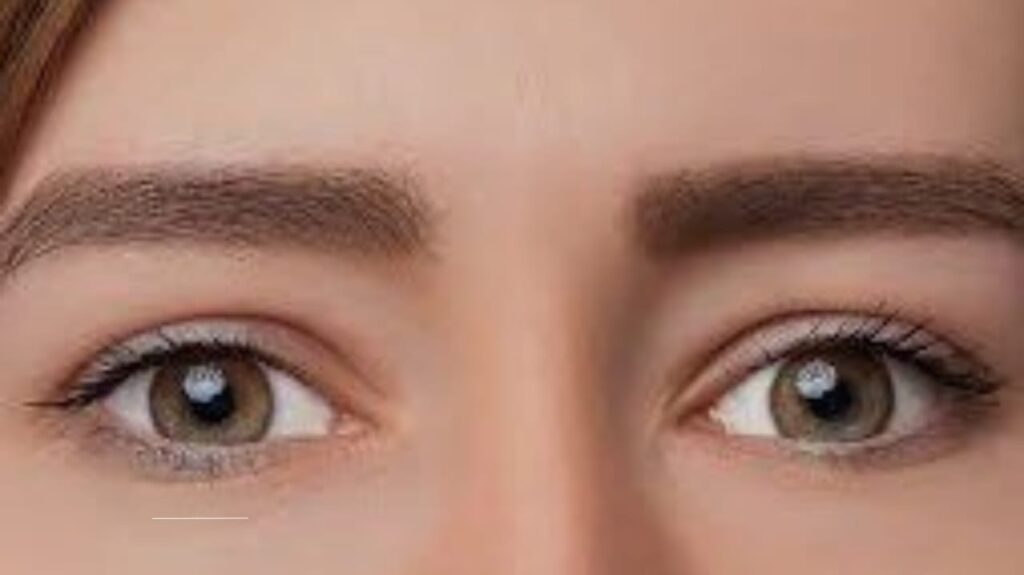
Your eyes are your window to the world—yet most of us take them for granted until problems arise. Consider this: The World Health Organization estimates that over 2.2 billion people globally live with vision impairment, and nearly half of these cases could have been prevented. From digital eye strain in our screen-dominated lives to age-related conditions like macular degeneration, proactive eye care isn’t just wise—it’s essential.
But what does “taking care of your eyes” really mean? It’s more than just wearing glasses or avoiding rubbing your eyes. True eye health involves daily habits, environmental adjustments, and understanding how your overall health impacts your vision. Let’s dive into 10 actionable, evidence-based strategies to keep your eyes sharp, comfortable, and resilient for years to come.
1. Schedule Regular Eye Exams (Even If You Think You’re Fine)
Many people assume eye exams are only for updating prescriptions, but they’re critical for detecting silent threats like glaucoma, diabetic retinopathy, and macular degeneration—conditions that often show no symptoms until irreversible damage occurs. The American Optometric Association recommends adults aged 18–64 get a comprehensive eye exam every two years, and annually after 65.
Case in point: A 2021 study in JAMA Ophthalmology found that 60% of glaucoma cases go undiagnosed, largely because patients skip routine exams. Dr. Sarah Johnson, an optometrist at the Cleveland Clinic, explains, “Your eye doctor can spot early signs of hypertension, diabetes, and even neurological issues just by examining the blood vessels and optic nerve.”
2. Shield Your Eyes from UV Rays (Yes, Even on Cloudy Days)
Ultraviolet (UV) radiation isn’t just a skin concern. Prolonged exposure increases risks for cataracts, photokeratitis (a sunburn-like corneal injury), and eyelid cancers. Yet, only 31% of Americans wear sunglasses outdoors year-round, per The Vision Council.
Opt for wraparound sunglasses labeled “100% UV protection” or “UV400.” Polarized lenses reduce glare but don’t inherently block UV—check for both features. Don’t forget wide-brimmed hats for added shade. “UV damage is cumulative,” warns Dr. Mark Rosenfeld, a spokesperson for the American Academy of Ophthalmology. “Think of it like saving for retirement: Start protecting your eyes early to avoid problems later.”
3. Master the 20-20-20 Rule to Combat Digital Eye Strain
The average adult spends over 7 hours daily on screens, leading to digital eye strain (headaches, dry eyes, blurred vision). The 20-20-20 rule is simple: Every 20 minutes, look at something 20 feet away for 20 seconds. This relaxes the ciliary muscles responsible for focusing.
But there’s more to it. Adjust screen brightness to match ambient light, increase text size to reduce squinting, and position screens an arm’s length away. Blue light filters? The science is mixed—while they may improve sleep by reducing melatonin disruption, there’s little evidence they prevent eye damage. “Blue light isn’t the villain,” says Dr. Raj Maturi, a retinal specialist. “The real issue is screen proximity and reduced blinking.”
4. Eat a Vision-Boosting Diet (Carrots Aren’t the Only Answer)
Vitamin A’s role in eye health is well-known (think carrots and sweet potatoes), but other nutrients are equally vital:
- Lutein & Zeaxanthin (kale, spinach, eggs): Filter harmful blue light and lower macular degeneration risk by 26%, per the Age-Related Eye Disease Study (AREDS).
- Omega-3s (salmon, walnuts): Reduce dry eye symptoms by supporting tear production.
- Vitamin C (oranges, bell peppers) and Zinc (beans, nuts): Protect against cataracts.
Aim for a colorful plate—deep greens, bright oranges, and fatty fish. For those with dietary restrictions, supplements like AREDS2 formulas can help, but consult your doctor first.
5. Stay Hydrated—Your Eyes Depend on It
Dehydration doesn’t just cause thirst—it thickens tears, leading to dry, irritated eyes. Adults should aim for 8–10 cups of water daily, but needs vary with activity and climate. Pair hydration with a humidifier in dry environments (like offices or airplanes) to maintain moisture.
If you’re using artificial tears, avoid preservative-free options for frequent use. “Preservatives in some eye drops can irritate with long-term use,” notes Dr. Laura Green, a cornea specialist at Johns Hopkins.
6. Quit Smoking (Your Retina Will Thank You)
Smoking doubles your risk of cataracts and quadruples the odds of macular degeneration. Toxins in cigarettes damage blood vessels in the retina and accelerate oxidative stress. The good news? A 2020 study in Ophthalmology found that quitting smoking reduces these risks by up to 50% within five years.
Need motivation? Think beyond lungs: Smokers are three times more likely to develop optic neuropathy, a condition that can lead to sudden vision loss.
7. Optimize Your Lighting (Ditch the Eye Squints)
Poor lighting forces your eyes to work overtime. For reading, choose warm, indirect light positioned behind you to minimize glare. Avoid overhead fluorescent lights—they flicker subtly, causing strain. When working on screens, balance ambient light so it’s neither brighter nor dimmer than your display.
Nighttime tip: Use dim red lights for nightlights. Red wavelengths are less disruptive to circadian rhythms and help preserve night vision.
8. Wear Protective Eyewear (No Exceptions)
Over 2.5 million eye injuries occur annually in the U.S., and 90% are preventable with proper gear, reports the American Academy of Ophthalmology. Safety glasses aren’t just for construction workers—use them for:
- Household chores (e.g., drilling, cleaning with chemicals)
- Sports (racquetball, hockey, even swimming with goggles to block chlorine)
- Gardening (defending against branches and UV rays)
Look for ANSI Z87.1-certified glasses for impact resistance.
9. Practice Smart Contact Lens Hygiene
Nearly 45 million Americans wear contacts, but 40–90% don’t follow proper care guidelines, leading to infections like keratitis. Follow these non-negotiables:
- Never sleep in lenses (unless prescribed for overnight use).
- Replace solution daily—never “top off” old solution.
- Avoid water contact (showering, swimming) to prevent bacterial contamination.
“Contacts are medical devices, not accessories,” emphasizes Dr. Thomas Steinemann of the American Academy of Ophthalmology. “Treat them with respect.”
10. Blink Like It’s Your Job (Especially on Screens)
Blinking spreads tears evenly, keeping eyes moist and clear. But studies show we blink 66% less while using screens, leading to “computer vision syndrome.” Train yourself with reminders or apps like BlinkCare. For added relief, try “palming”: Rub hands together to warm them, then gently cup palms over closed eyes for 30 seconds to relax muscles.
Bonus Insight: Manage Chronic Conditions Diligently
Diabetes, hypertension, and autoimmune diseases like lupus can silently damage eyes. Diabetic retinopathy, for example, affects 1 in 3 diabetics, per the CDC. Tight blood sugar control, regular A1C tests, and blood pressure management are non-negotiable for preserving vision.
By integrating these habits into your routine, you’re not just avoiding problems—you’re investing in a lifetime of clear, comfortable vision. The key? Start small. Even one change, like wearing sunglasses daily or scheduling that overdue eye exam, can make a profound difference.
